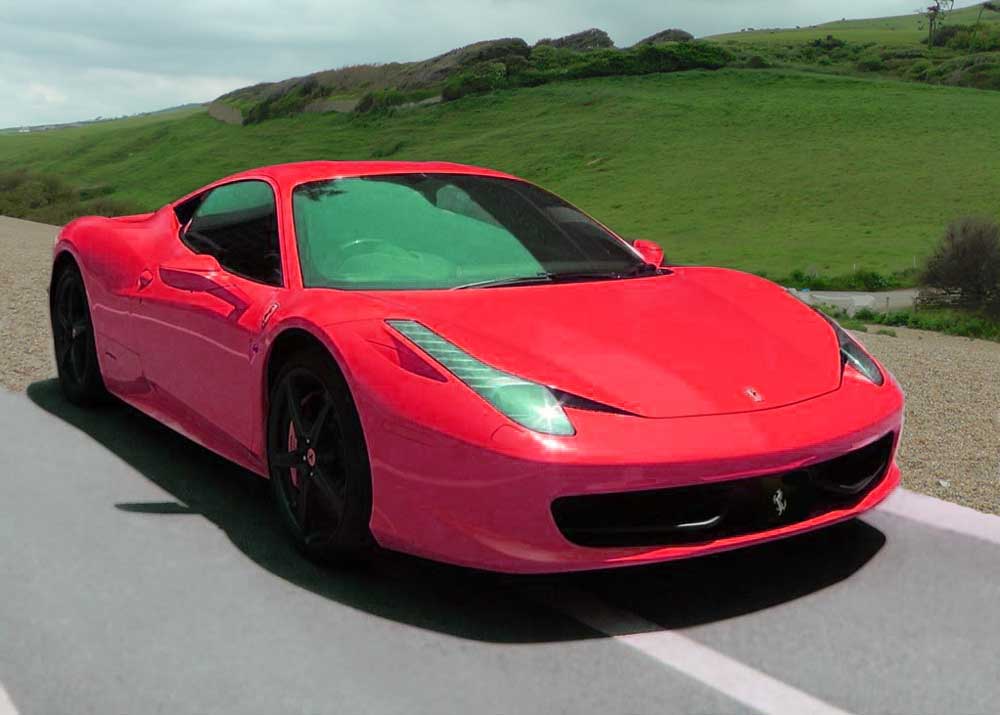Favourite Cars
Some of the most exciting cars in the world

Some of the most exciting cars in the world

Back in 2010 the Ferrari 458 Italia was the most super of supercars. It's mid-mounted direct fuel injected V8 engine of 4500 cc pumped out a massive 562 brake horsepower with maximum power coming on tap at 9000 rpm. This made it the fastest revving engine that Ferrari had ever created. Performance was awe-inspiring; with nought to 60 in 3.4 seconds and a top speed of 202 mph.
It should have been fast too. No less an expert than world champion racing driver Michael Schumacher helped in it's development, much of which was based on experience from Formula One racing. Brakes, handling and transmission were right up to racing car standard.
What a pity that so many of them self combusted.
Over a period of about three months it was reported that 10 of these supercars had either set on fire or crashed mysteriously. The problem was traced to the rear wheel arches; an adhesive had been use in creating these and when the exhaust pipe got hot; as exhaust pipes tend to do; this could cause the adhesive to melt and drip onto the pipe itself. This could then burn which in turn melted away the thin aluminium body. Result: disaster.
By this time about 1200 of these cars had been sold and Ferrari had to recall every single one of them and replace the glued panels with riveted ones.
This did not do Ferrari's public image any good at all but worse was to come. A fire in another 458 which was parked at London airport destroyed it along with a customised interior which had cost tens of thousands of pounds.
Social media of the day went into overdrive with real, imagined and forged photos of burning Ferraris!
Did the company's woes end there? Not a bit of it. The engines of cars built during 2011 and 2012 started to seize up.
The problem was traced to a crankshaft which had been mounted incorrectly. Ferrari acted professionally and offered new engines or crankshaft and bearing replacements but once again the damage was done. The critics went into overdrive.
Despite all this though it cannot be denied that this car was way ahead of it's time. The aerodynamic body was extremely light, the engine superb and handling, roadholding and cornering was up to the highest possible standards. Transmission was via a slick seven speed semiautomatic gearbox. Racing successes of variants of the road car did a great deal to repair it's reputation.
Are you looking for some REALLY CHEAP UK car insurance?